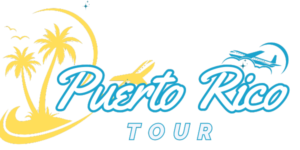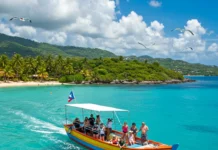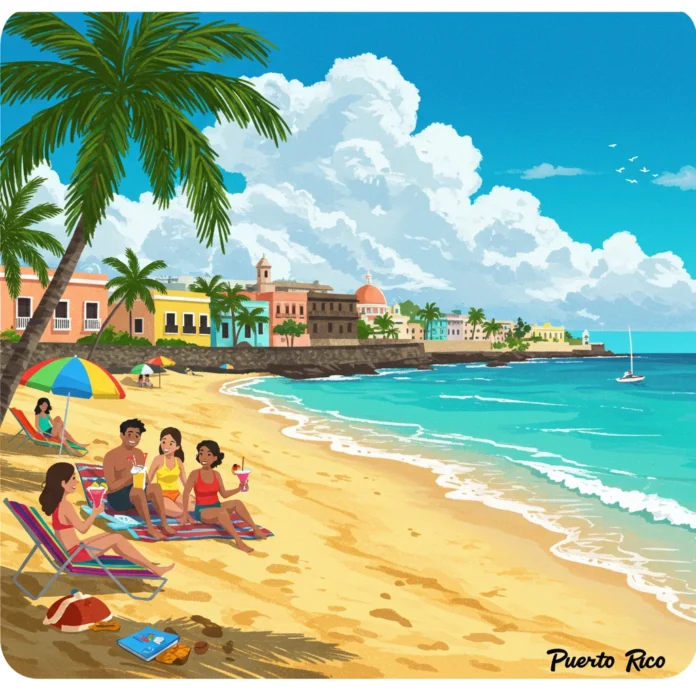Why Visit Puerto Rico?
Puerto Rico charms travelers with its rich blend of Caribbean culture, historic sites, and natural beauty. The island offers vibrant city life, lush rainforests, and miles of golden beaches, all within a compact and accessible destination. Visitors are often drawn to the lively music, flavorful cuisine, and a welcoming atmosphere that makes every moment memorable.
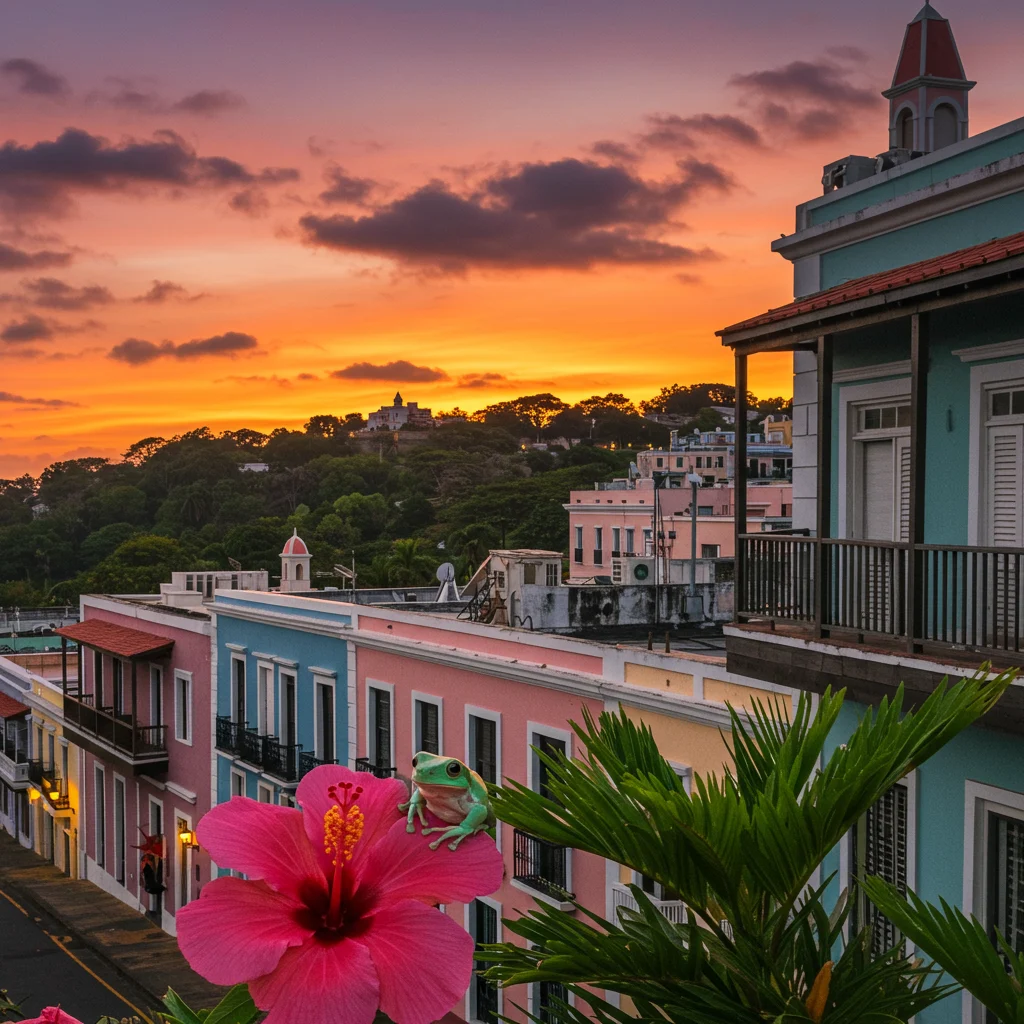
Whether you seek adventure, relaxation, or a cultural experience, Puerto Rico serves up a diverse array of options. From exploring centuries-old forts in Old San Juan to hiking through the misty peaks of El Yunque, every day brings new opportunities for discovery.
Is Puerto Rico Safe for First-Time Travelers?
Safety is a common concern for first-time visitors, and Puerto Rico generally offers a secure environment, especially in popular tourist areas. Petty theft, such as pickpocketing, can occur in crowded places, so we recommend basic precautions like securing your valuables and staying aware of your surroundings.
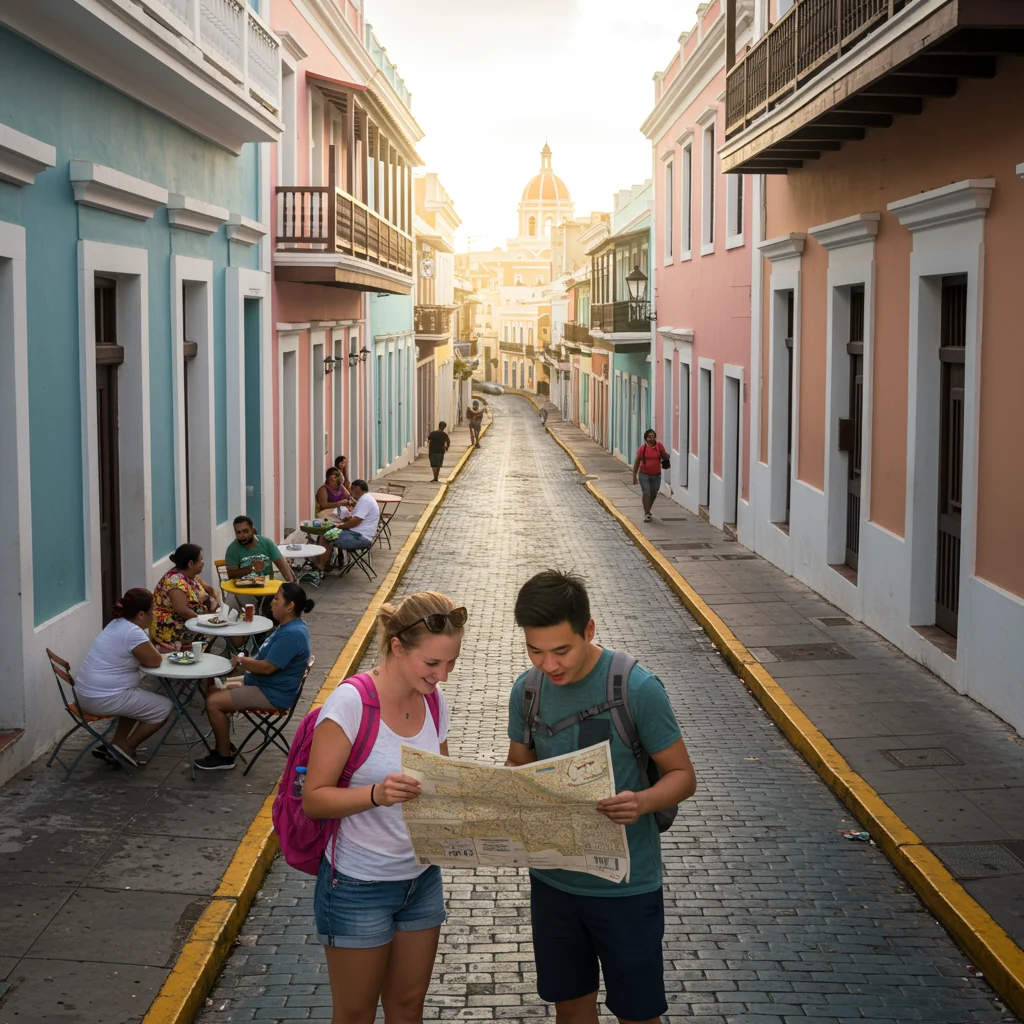
Most travelers report feeling comfortable throughout their stay, aided by the presence of law enforcement and friendly locals. As with any destination, using common sense and following local advice helps ensure a smooth experience.
Understanding Puerto Rico’s Unique Status: Is It a U.S. State?
Puerto Rico is an unincorporated territory of the United States, not a state. Residents are U.S. citizens, and U.S. federal laws apply, but the island retains a unique cultural and political identity. This status affects travel logistics, currency, and legal matters, making it essential for visitors to understand the distinctions.
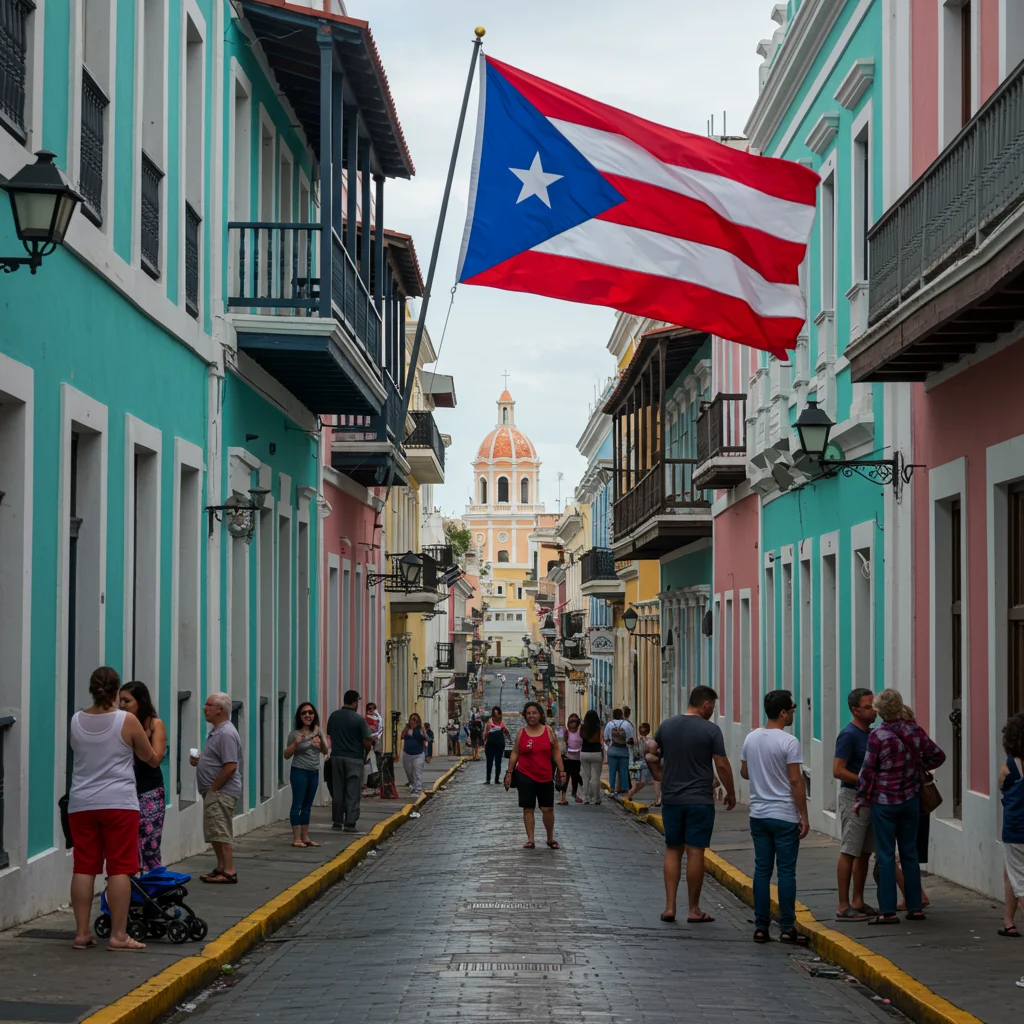
For a deeper dive into the island’s relationship with the U.S. and what it means for travelers, you can learn more in our comprehensive overview.
Do You Need a Passport to Visit Puerto Rico?
U.S. citizens do not need a passport to enter Puerto Rico. Traveling to the island is considered a domestic trip, so a valid government-issued photo ID, such as a driver’s license, suffices. For non-U.S. citizens, entry requirements mirror those for entering the mainland United States, so a valid visa or ESTA may be necessary.
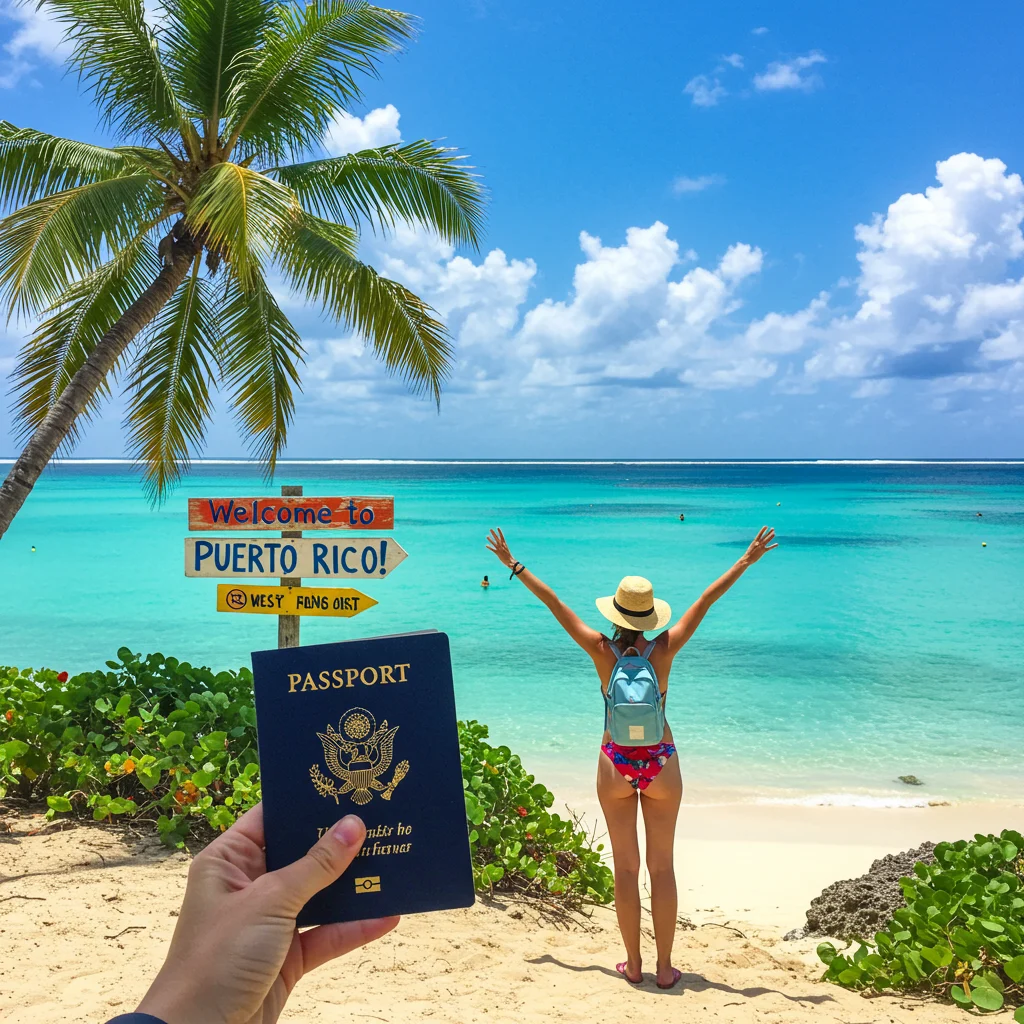
We advise all travelers to carry identification and check specific requirements if arriving from outside the United States.
When Is the Best Time to Visit Puerto Rico?
Puerto Rico is a year-round destination, but the most popular time to visit is from mid-December to April, when the weather is balmy and rainfall is minimal. This period coincides with high season, so expect larger crowds and higher prices.
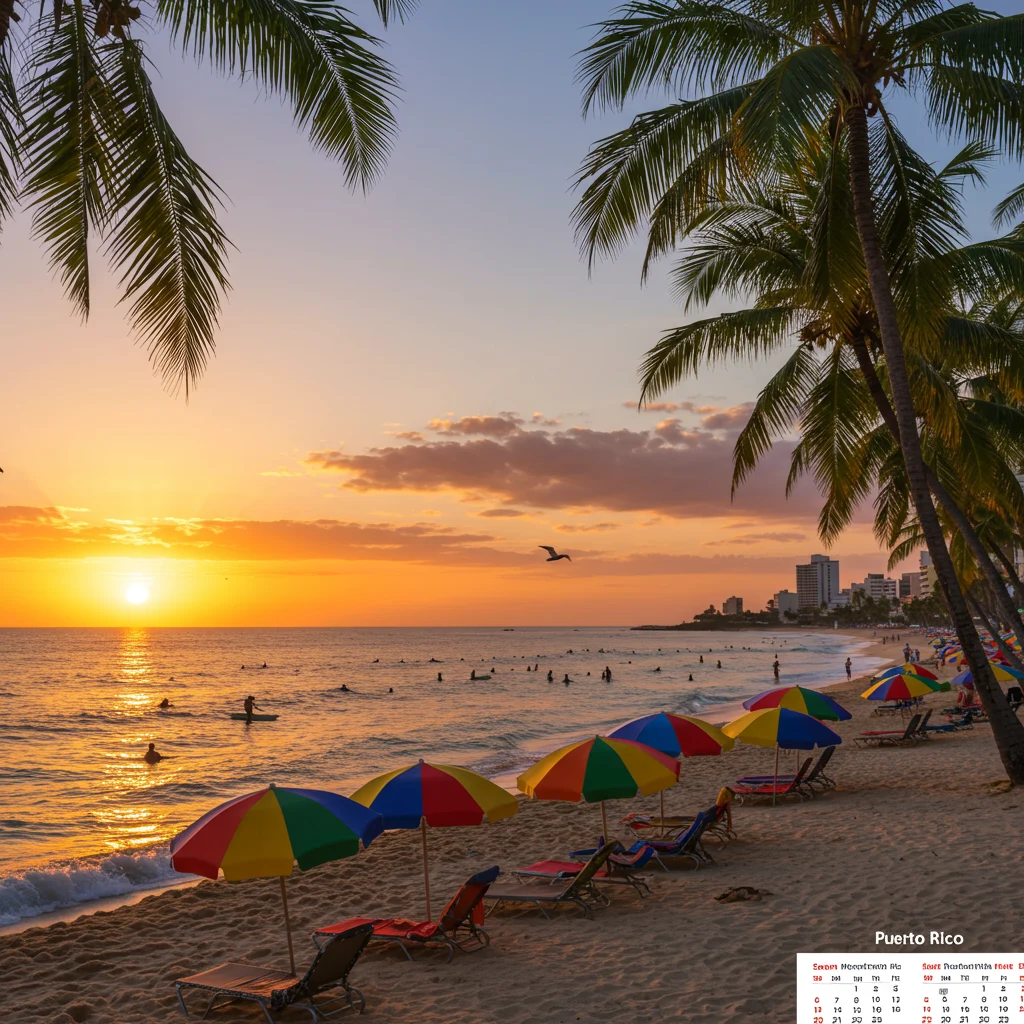
For those seeking fewer tourists and better deals, the shoulder months of May and November offer pleasant conditions and a more relaxed vibe.
What’s the Weather Like in Puerto Rico?
Puerto Rico enjoys a tropical climate with warm temperatures throughout the year. Average daytime highs range from 80°F to 90°F (27°C to 32°C), and evenings are comfortably mild. Rain showers are common, particularly from May to November, but they tend to be brief and refreshing.
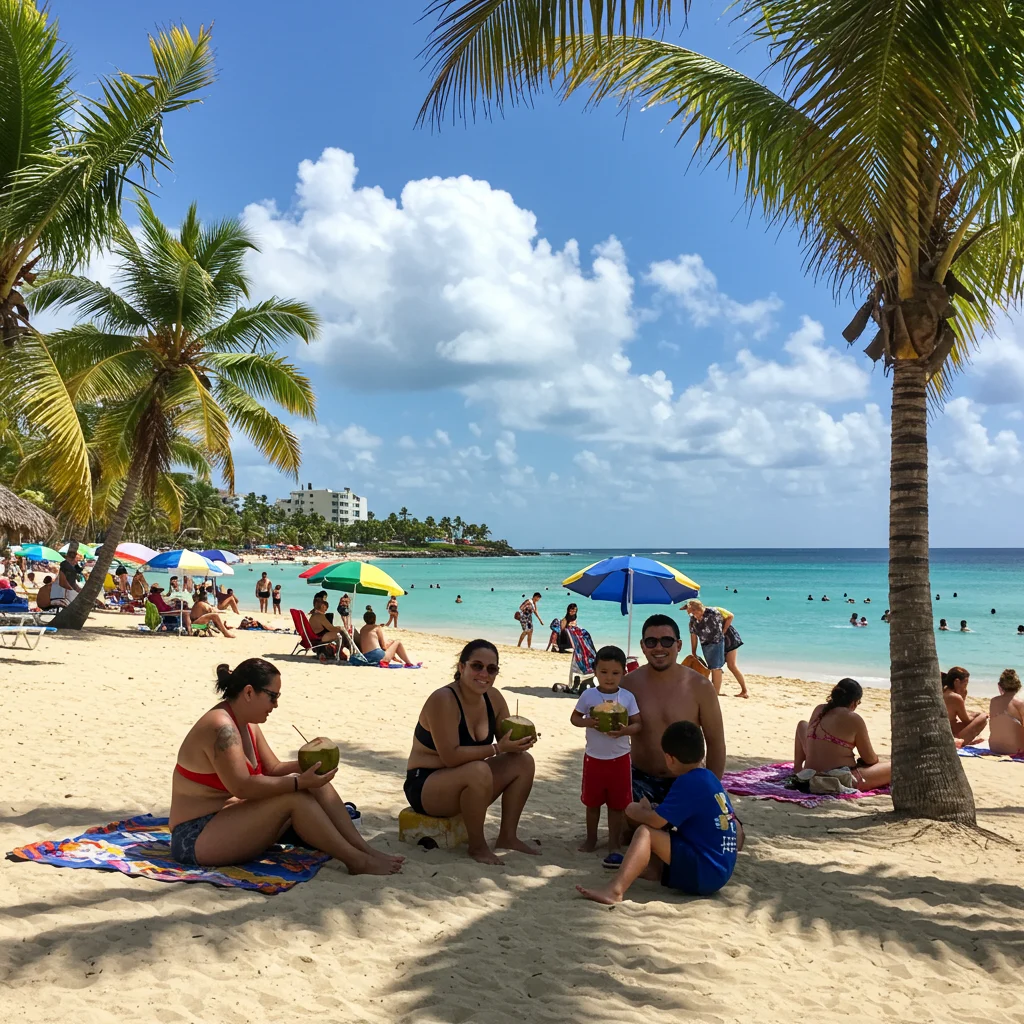
Humidity can be high, so lightweight, breathable clothing is recommended. Occasional storms may occur, especially during hurricane season from June to November.
How to Get to Puerto Rico
Reaching Puerto Rico is straightforward, with frequent flights from major U.S. cities and international hubs. The island’s modern airports make arrivals and departures efficient and convenient.
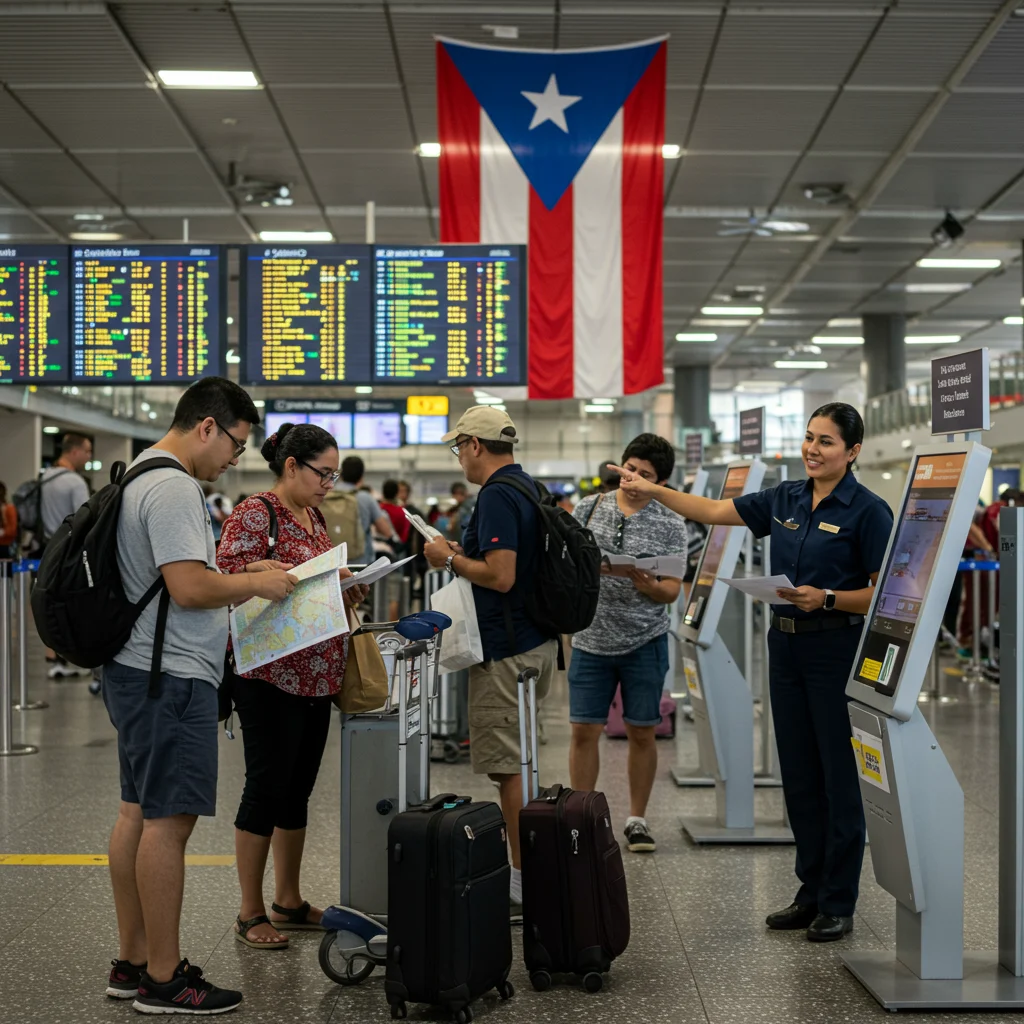
Which Airport Should You Fly Into?
Most travelers arrive at San Juan’s Luis Muñoz Marín International Airport (SJU), the largest and busiest airport on the island. SJU offers the broadest selection of flights, car rentals, and ground transportation options.
Other airports, such as Rafael Hernández Airport (BQN) in Aguadilla and Mercedita Airport (PSE) in Ponce, serve regional and select international flights, ideal for those staying outside the capital.
Are There Direct Flights to Puerto Rico?
Yes, there are numerous direct flights to Puerto Rico from major U.S. cities such as New York, Miami, Atlanta, and Orlando. Several airlines also offer non-stop routes from Canada and parts of Europe during high season.
How Long Is the Flight to Puerto Rico?
Flight times vary by departure city. From the East Coast of the U.S., most flights are approximately 3 to 4 hours. Longer journeys from the Midwest or West Coast may require a connecting flight, totaling 6 to 8 hours of travel time.
Do You Need a Visa for Puerto Rico?
U.S. citizens do not need a visa to visit Puerto Rico. International visitors should follow the same visa requirements as for entry into the United States, including ESTA for eligible countries.
Getting Around Puerto Rico: Transportation Tips
Getting around Puerto Rico is relatively easy, whether you prefer the freedom of a rental car or the convenience of taxis and rideshares. The island’s compact size means most destinations are within a few hours’ drive.
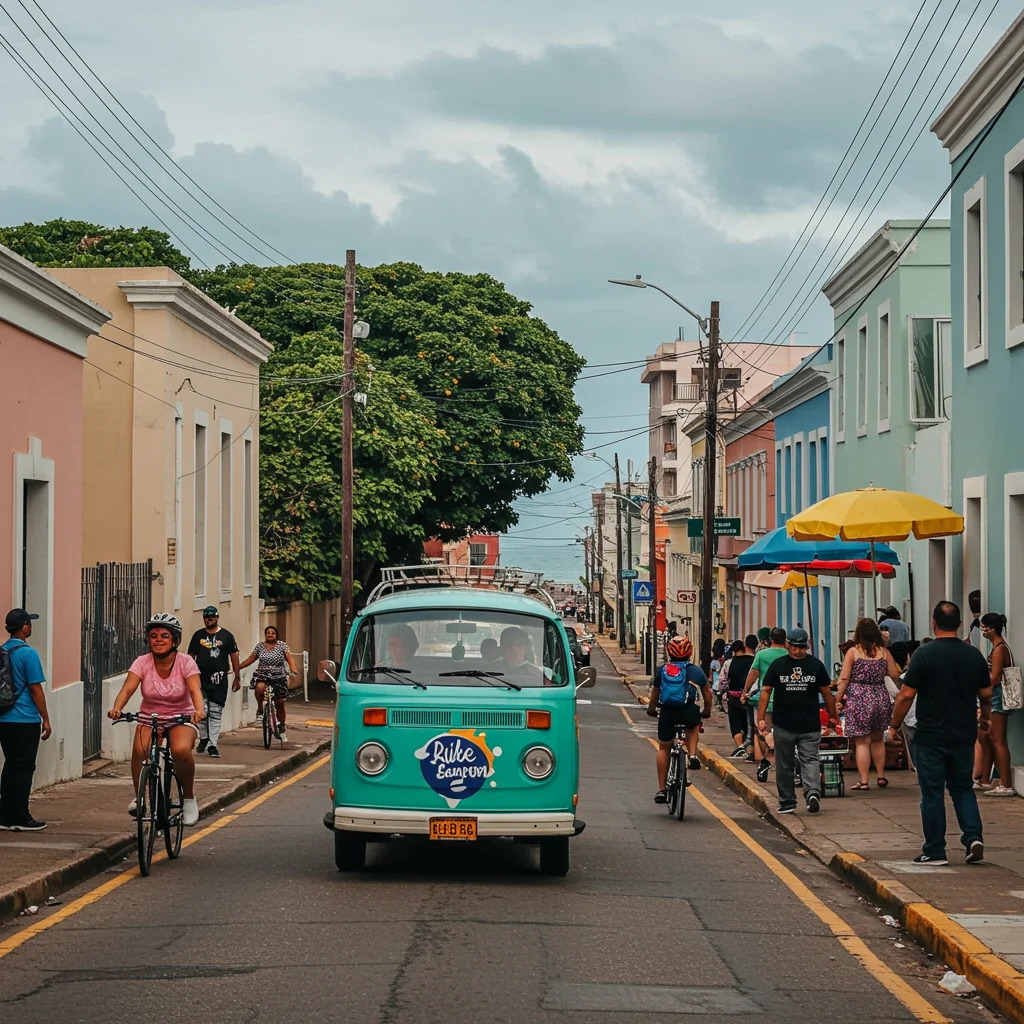
Should You Rent a Car in Puerto Rico?
Renting a car offers the most flexibility for exploring the island’s diverse regions, from remote beaches to mountainous rainforests. Roads are generally well-maintained, and signage is in both English and Spanish. However, traffic in urban centers like San Juan can be congested, and parking may be limited.
Using Public Transportation
Puerto Rico’s public transportation consists primarily of buses and a metro system in San Juan. While affordable, service can be infrequent outside the capital, making it less practical for exploring rural areas or beaches.
Are Taxis and Rideshares Available?
Taxis and rideshare services such as Uber operate in most major cities and tourist areas. Fares are regulated in San Juan, and taxis are readily available at airports and hotels. For a closer look at what to expect, including costs and tips, see our post on getting a taxi in Puerto Rico.
Can You Travel Between Islands Easily?
Ferries and small planes connect the main island to Culebra and Vieques. Ferry schedules can change due to weather, so we recommend booking tickets in advance and allowing extra time for travel days.
Where to Stay: Accommodation Options
Puerto Rico offers a wide range of accommodations, from luxury resorts to cozy guesthouses and budget hostels. Your choice should reflect your travel style, budget, and preferred location.
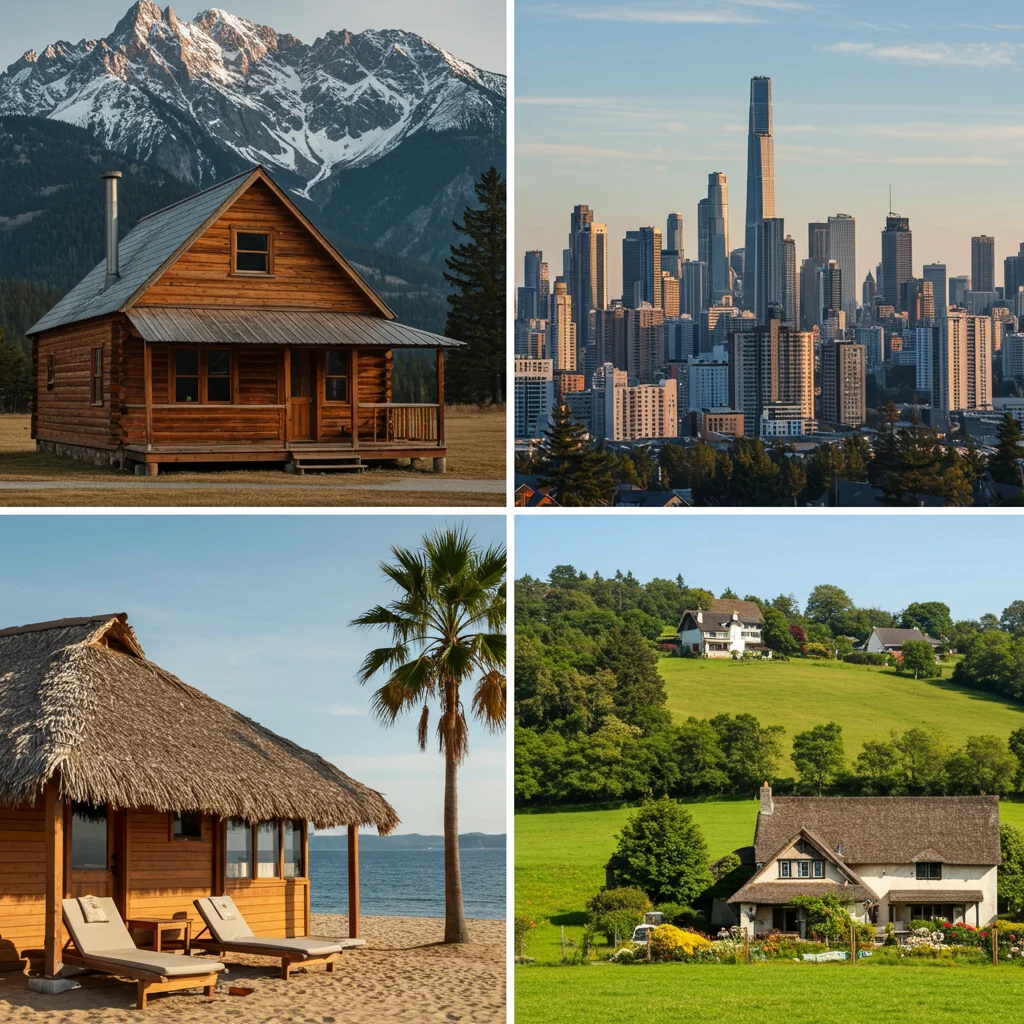
Best Areas to Stay in Puerto Rico
San Juan is a favorite for first-timers, offering history, nightlife, and easy access to beaches. Condado and Isla Verde cater to those seeking upscale amenities, while Rincón and Fajardo attract surfers and nature lovers.
For an in-depth look at San Juan’s neighborhoods and attractions, refer to our essential travel companion to San Juan, Puerto Rico.
Hotels, Resorts, or Airbnbs: Which Is Better?
Hotels and resorts provide convenience and amenities such as pools, spas, and on-site dining. Airbnb and vacation rentals offer more space and a local feel, often at lower nightly rates. Family groups or longer stays may benefit from a rental home, while solo travelers and couples might prefer hotels for added services.
Budget Accommodation Tips
Hostels, guesthouses, and small inns are available in many towns, especially around San Juan and beach communities. Booking early and traveling in the off-season can help secure the best rates.
How Far in Advance Should You Book?
We recommend reserving accommodations at least two to three months in advance, especially if visiting during peak season or major festivals. Last-minute options can be limited, and prices may increase closer to travel dates.
Essential Travel Documents and Requirements
Proper documentation is essential for a seamless trip. U.S. citizens need only a valid photo ID, while foreign nationals should carry the same documents required for U.S. entry. We suggest keeping digital and physical copies of important papers during your journey.
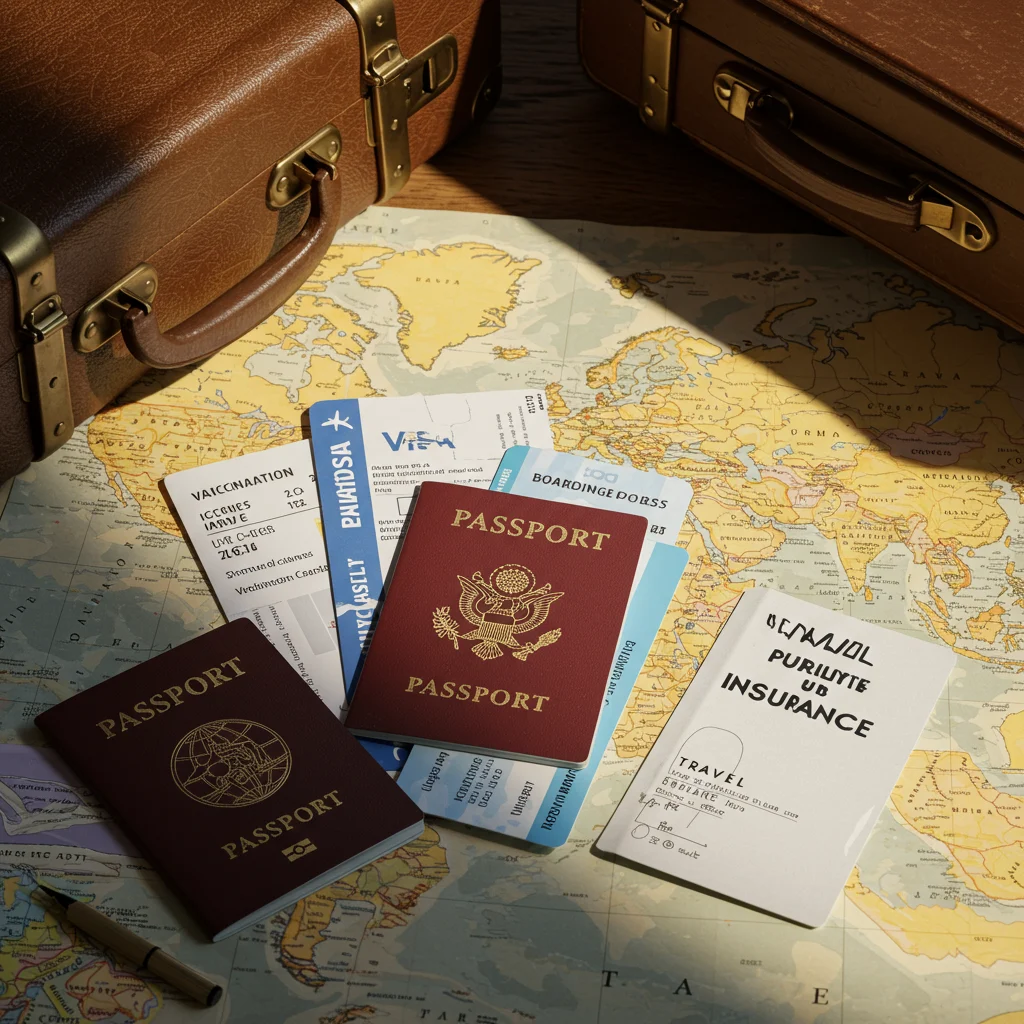
Travel Insurance: Should You Get It?
While not required, travel insurance is highly recommended. Policies can cover unexpected events such as trip cancellations, medical emergencies, or lost luggage. For peace of mind, especially during hurricane season, consider purchasing a comprehensive plan. You can learn more in our guide to travel insurance.
Health and Safety Guidelines
Puerto Rico maintains modern healthcare facilities, and health risks are minimal for most travelers. Nonetheless, it is wise to prepare for minor ailments and emergencies.

Are Vaccines Required for Puerto Rico?
No special vaccines are required for entry if you are up-to-date on routine immunizations. Travelers should consult their doctor before departure, especially if they have specific health concerns or plan to visit remote areas.
Is Tap Water Safe to Drink?
The tap water in Puerto Rico is considered safe to drink in most urban areas, as it meets U.S. standards. In rural regions, some travelers prefer bottled water as a precaution.
Emergency Numbers and Hospitals
In an emergency, dial 911. Hospitals and clinics are available throughout the island, with English-speaking staff in major centers. We suggest noting the nearest hospital to your accommodation upon arrival.
COVID-19 Updates and Restrictions
COVID-19 protocols, such as mask mandates and testing requirements, have largely been lifted, but we advise checking for the latest updates before travel. Some venues or events may still have their own guidelines.
Local Laws and Customs: What Should You Know?
Understanding local customs helps travelers show respect and avoid misunderstandings. Puerto Ricans value hospitality, politeness, and family, and these values are reflected in daily interactions.

Cultural Etiquette and Manners
Greetings are warm and often involve a handshake or light kiss on the cheek. It is customary to address people with courtesy titles, especially elders. Modest attire is appreciated in churches and rural areas.
Tipping Practices in Puerto Rico
Tipping is customary and expected in restaurants, bars, and for services such as taxis and hotel staff. A gratuity of 15–20% is standard in dining establishments.
What Language Is Spoken in Puerto Rico?
The official languages are Spanish and English, with Spanish being the most widely spoken. English is commonly used in tourist areas, hotels, and major attractions.
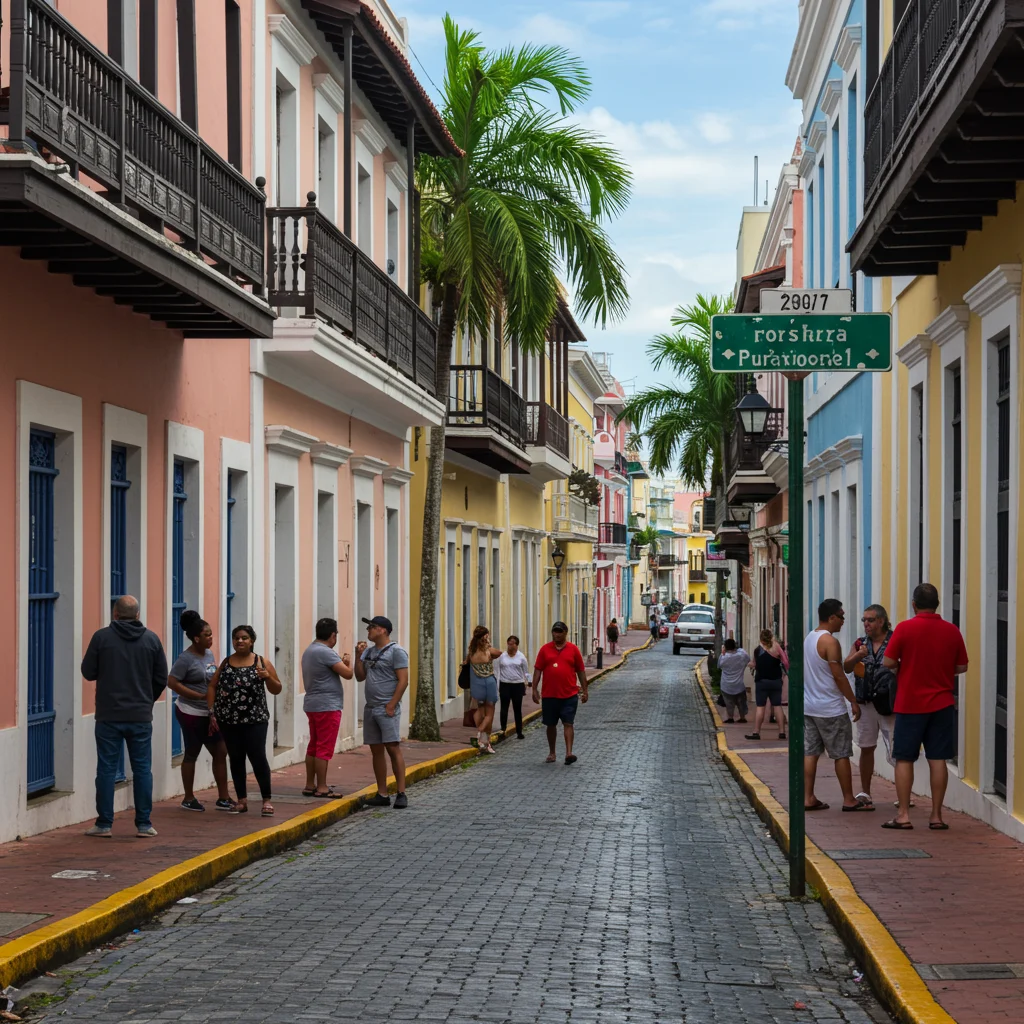
Is English Widely Understood?
Most people working in tourism, hospitality, and retail speak conversational English. In rural areas, Spanish may be predominant, but locals are generally patient and appreciative of efforts to communicate.
Useful Spanish Phrases for Travelers
- Hola – Hello
- Gracias – Thank you
- ¿Dónde está…? – Where is…?
- La cuenta, por favor – The check, please
- Habla inglés? – Do you speak English?
Currency and Money Matters
Puerto Rico uses the U.S. dollar (USD), making transactions simple for American travelers. Prices are typically posted in dollars, and no currency exchange is needed for visitors from the United States.

Can You Use U.S. Dollars in Puerto Rico?
Yes, the U.S. dollar is the official currency, and cash is accepted everywhere. This eliminates the need for currency exchange for U.S. citizens.
Are Credit Cards Accepted Everywhere?
Credit and debit cards are widely accepted at hotels, restaurants, and large stores. In smaller towns or markets, cash may be preferred, so carrying some bills is wise.
Where to Find ATMs
ATMs are plentiful in cities, shopping centers, and near tourist attractions. Most machines accept major network cards, but be aware of potential foreign transaction fees if your bank is not U.S.-based.
How Much Should You Budget for Your Trip?
Puerto Rico caters to a range of budgets. Costs for accommodations, dining, and attractions can be managed with careful planning, especially outside the high season.

Average Costs for Food and Activities
Expect to pay $10–$20 for a casual meal, $30–$60 for dinner at a mid-range restaurant, and $5–$15 for most entry fees to attractions. Tours and excursions vary in price depending on activity and location.
Saving Money: Top Tips for Travelers
To save on expenses, consider traveling during the off-peak season, booking flights and hotels early, and enjoying free attractions such as beaches and public parks. For more practical tips on stretching your budget, see our budget travel guide to Puerto Rico.
Packing for Puerto Rico: What to Bring
Packing light and smart helps you enjoy your trip comfortably. Essentials depend on your planned activities, but some items are universally useful for Puerto Rico’s climate and attractions.
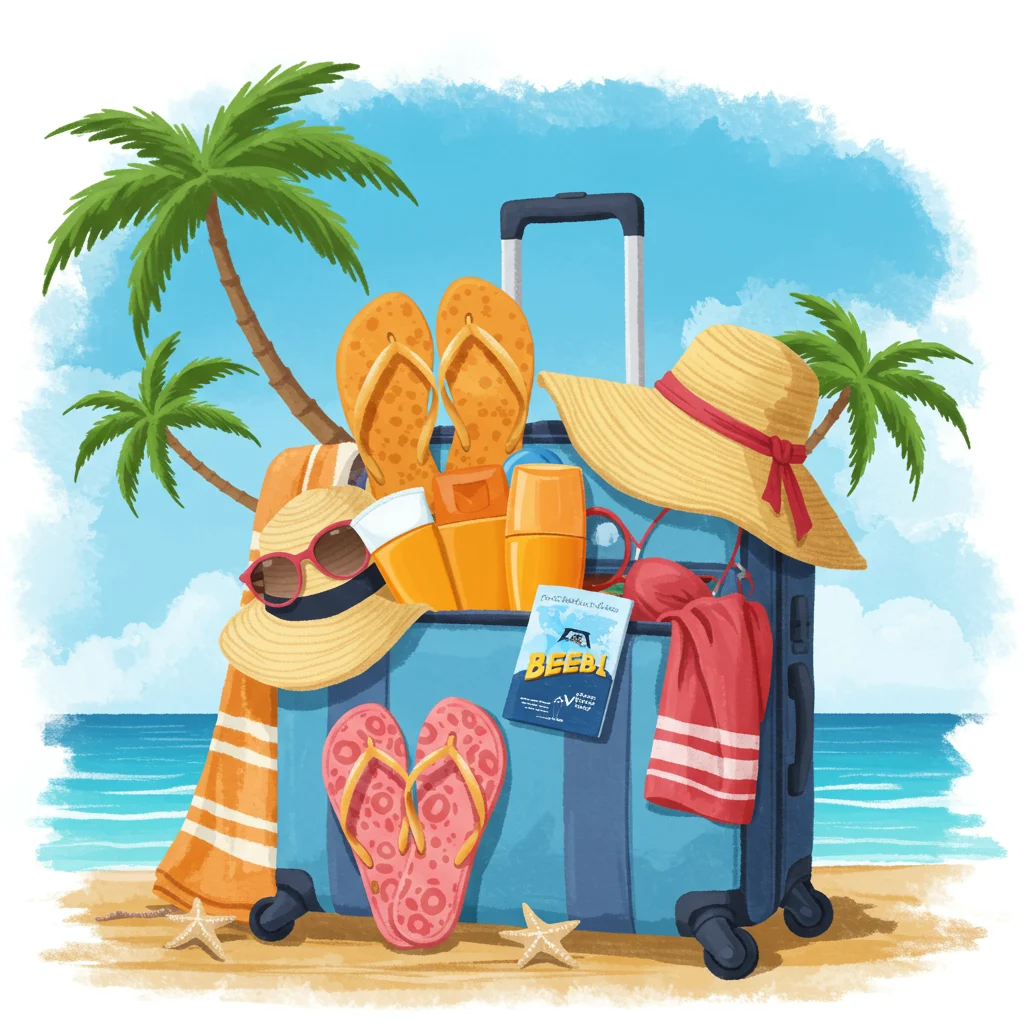
What Clothes Should You Pack?
Lightweight, breathable clothing is ideal for the warm and humid climate. Include a swimsuit, sandals, and a hat for sun protection. A light jacket or sweater is helpful for air-conditioned spaces or cooler evenings.
Essential Gear for Outdoor Adventures
- Sunscreen and insect repellent
- Reusable water bottle
- Hiking shoes or sturdy sandals
- Waterproof phone case for beach days
Travel Adapters and Electronics
Puerto Rico uses standard U.S. plugs and voltage (120V, 60Hz), so no adapters are needed for American travelers. Bring a portable charger for long days out.
What Not to Pack
Heavy winter clothing, expensive jewelry, and unnecessary valuables are best left at home. Many toiletries and essentials are readily available at local stores.
Must-See Destinations in Puerto Rico
Puerto Rico offers a wealth of attractions, blending history, nature, and relaxation. Each region has its own highlights worth exploring.
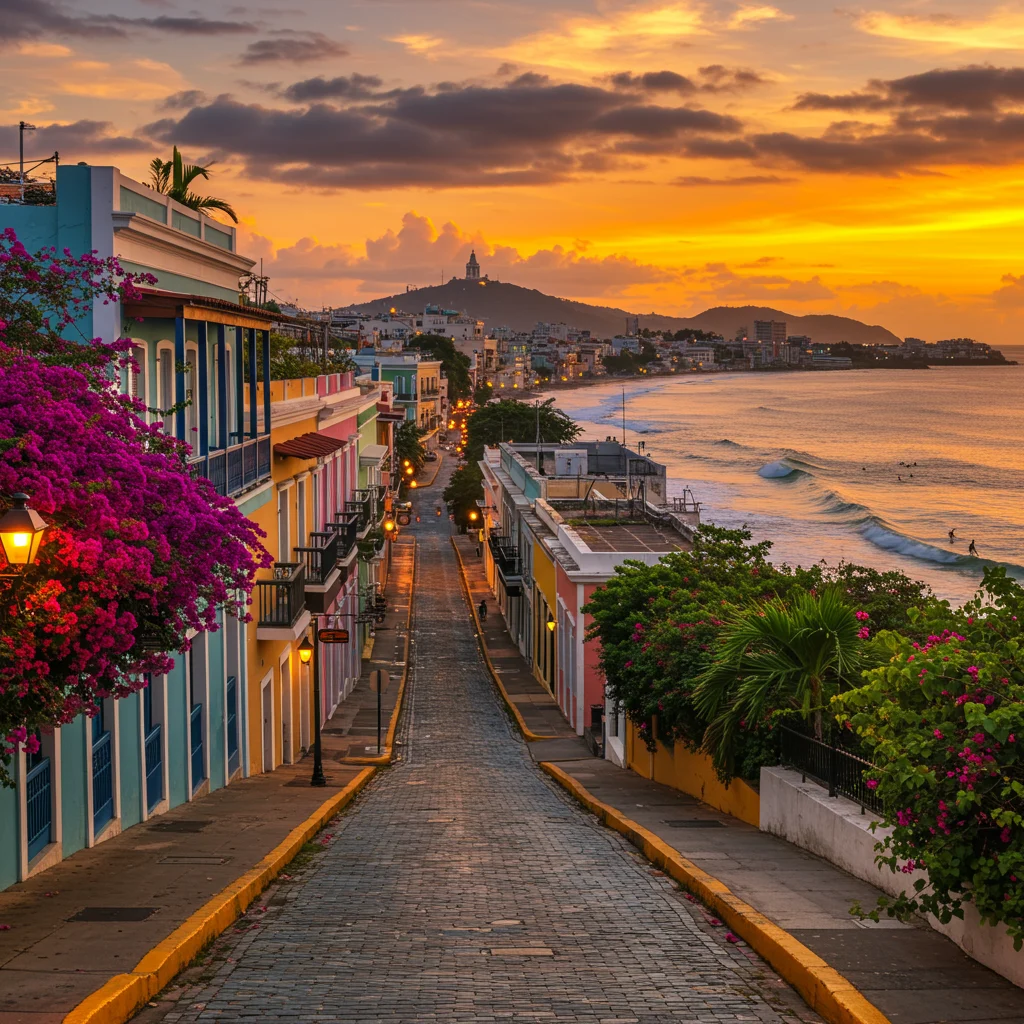
Old San Juan: A Colonial Gem
Old San Juan enchants visitors with cobblestone streets, pastel-hued buildings, and imposing forts like El Morro and San Cristóbal. The scent of fresh coffee mingles with ocean breezes as you stroll past plazas and art galleries.
El Yunque National Forest: Nature’s Paradise
El Yunque is the only tropical rainforest in the U.S. National Forest System. Misty trails, cascading waterfalls, and the chorus of coquí frogs create a truly immersive natural experience. Remember to bring rain gear and a camera to capture the lush scenery.
Culebra and Vieques: Island Escapes
These offshore islands offer some of the Caribbean’s most pristine beaches. Flamenco Beach in Culebra dazzles with powdery white sand and turquoise waters, while Vieques is famed for its bioluminescent bay and tranquil coves.
Beaches You Can’t Miss
- Condado Beach (San Juan)
- Luquillo Beach
- Crash Boat Beach (Aguadilla)
- Sun Bay (Vieques)
Historic Sites and Museums
Beyond Old San Juan, don’t miss the Ponce Art Museum, the Arecibo Observatory, and the Hacienda Buena Vista coffee plantation for a taste of Puerto Rico’s rich history and culture.
Best Things to Do in Puerto Rico
The island’s activities cater to every interest—from outdoor thrills to vibrant nightlife and family fun. There’s truly something for everyone.
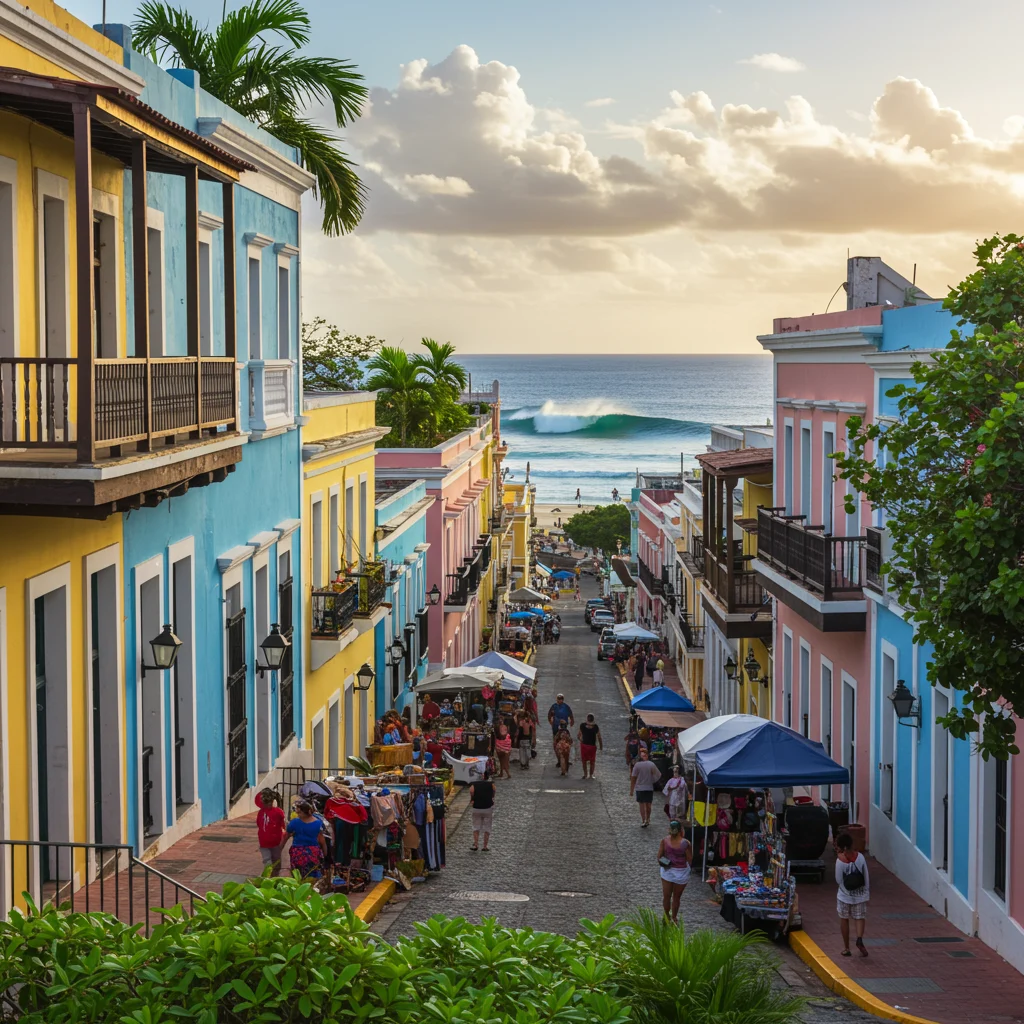
Outdoor Adventures and Activities
Puerto Rico’s diverse landscapes are a playground for adventure seekers. Whether you prefer water sports or mountain hikes, the options are endless.
Water Sports and Snorkeling
Crystal-clear waters invite you to try snorkeling, scuba diving, paddleboarding, and surfing. The coral reefs around Culebra and Fajardo teem with colorful marine life.
Hiking and Eco-Tours
El Yunque and Toro Negro State Forest offer scenic trails through lush foliage, leading to waterfalls and panoramic vistas. Guided eco-tours provide insight into the island’s unique flora and fauna.
Nightlife and Entertainment
San Juan’s nightlife pulses with live music, salsa dancing, and rooftop bars. Beachfront lounges and casinos provide a lively atmosphere, while smaller towns host local festivals and street parties.
Family-Friendly Activities
Families can enjoy activities such as visiting the Children’s Museum in Carolina, kayaking in bioluminescent bays, or exploring the interactive exhibits at the Museo del Niño.
Local Festivals and Events
Puerto Rico’s calendar is packed with festivals celebrating music, food, and traditions. The San Sebastián Street Festival in January is a highlight, featuring parades and live performances.
As experts often say:
“Traveling – it leaves you speechless, then turns you into a storyteller.” – Ibn Battuta
What to Eat in Puerto Rico: Food and Drink Guide
The island’s cuisine is a flavorful fusion of Spanish, African, and Taíno influences. Dining in Puerto Rico is a sensory journey, from sizzling street food to elegant fusion restaurants.
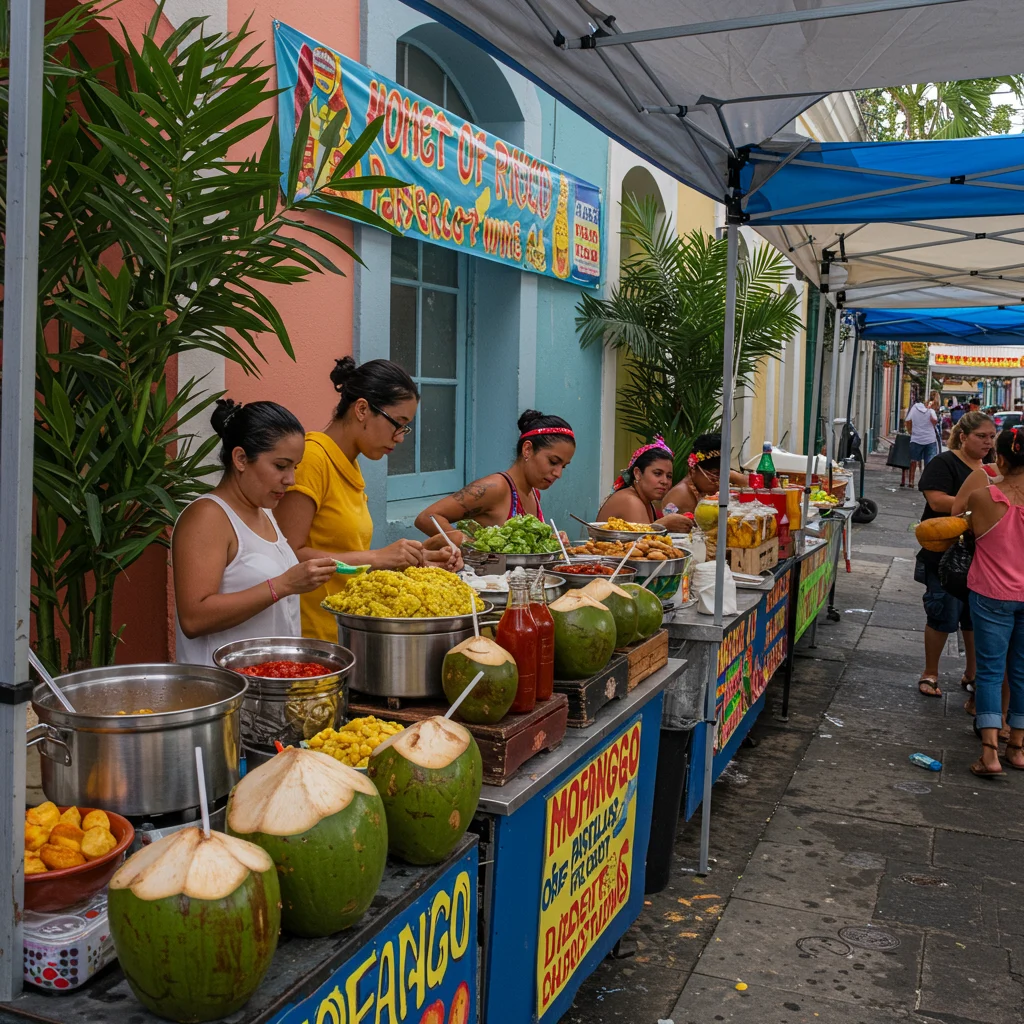
Must-Try Puerto Rican Dishes
- Mofongo – Mashed plantains with garlic, pork, or seafood
- Arroz con gandules – Rice with pigeon peas
- Lechón – Slow-roasted pork
- Pastelón – Plantain lasagna
- Alcapurrias – Stuffed fritters
Best Local Restaurants and Cafés
San Juan, Ponce, and Rincón feature acclaimed restaurants and casual cafés. Seek out family-run eateries for authentic flavors and friendly service.
Is Street Food Safe?
Street food is generally safe and delicious, especially at busy kiosks and markets. Look for vendors with high turnover and clean preparation areas.
Trying Local Drinks and Cocktails
Sample local specialties like piña colada, rum-based cocktails, and fresh fruit juices. Puerto Rican coffee is also renowned for its rich, bold flavor.
Shopping in Puerto Rico: What to Buy
Shopping in Puerto Rico is an opportunity to find unique souvenirs, from handcrafted jewelry to local art. Markets and malls cater to every style and budget.
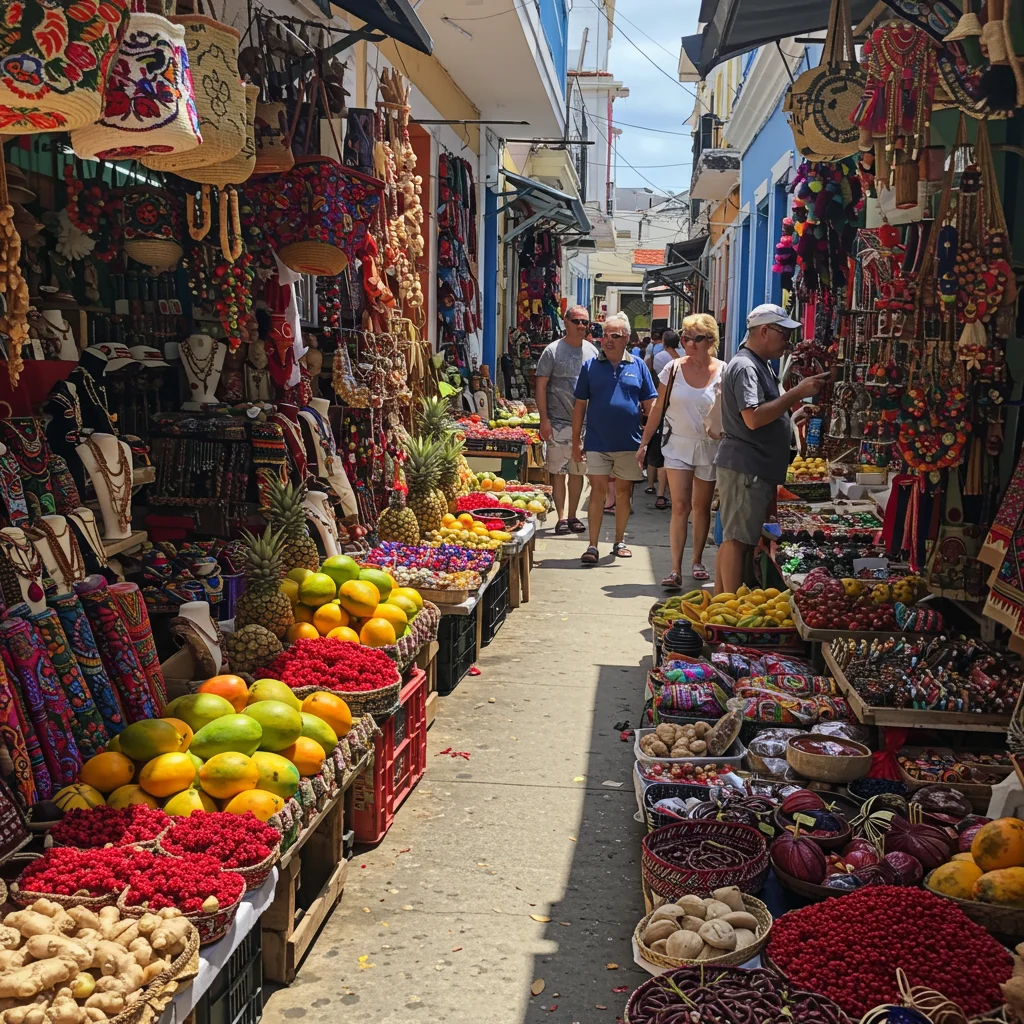
Popular Souvenirs and Handicrafts
- Handmade vejigante masks
- Local coffee and rum
- Puerto Rican ceramics and art
- Traditional lacework (mundillo)
Where to Shop: Markets and Malls
Explore markets like Plaza del Mercado in Santurce or browse upscale stores at Plaza Las Américas in San Juan for a wide selection of goods.
How to Stay Connected: Internet and Cell Service
Staying connected is easy, as Puerto Rico has reliable cell coverage and widespread Wi-Fi access. Most major U.S. carriers provide service without roaming fees.

Do U.S. Cell Phones Work in Puerto Rico?
Yes, U.S. cell phones work seamlessly, and you can use your existing plan as you would on the mainland. Signal strength is strong in cities and most tourist areas.
Best SIM Cards and Wi-Fi Options
Visitors from outside the U.S. can purchase local SIM cards from providers like Claro or AT&T. Free Wi-Fi is available in many hotels, restaurants, and public spaces.
Staying Safe: Common Scams and How to Avoid Them
Scams are rare but do exist, especially in tourist hotspots. Common issues include overpriced taxis and unofficial tour operators. Always use licensed services, agree on prices beforehand, and be cautious with unsolicited offers.
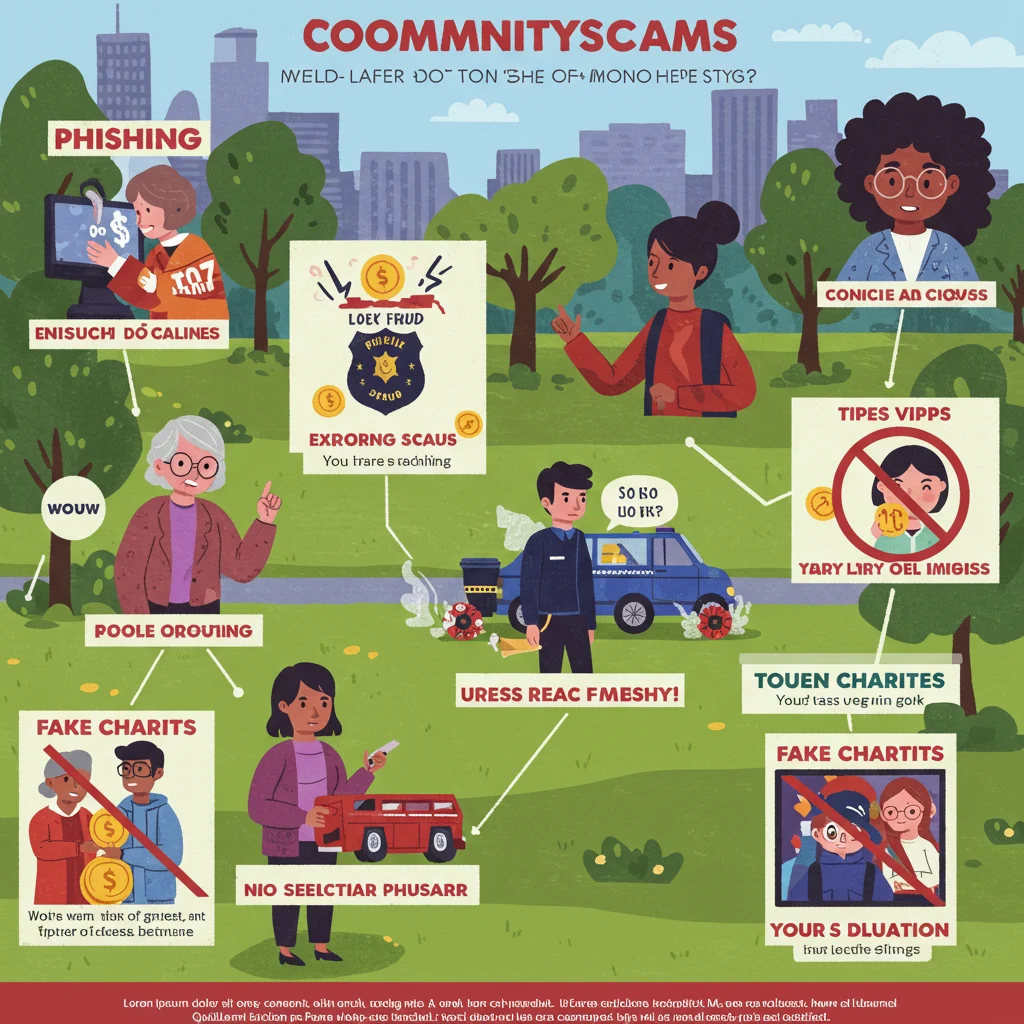
Solo Travel in Puerto Rico: What to Know
Puerto Rico is a welcoming destination for solo travelers. Stick to well-traveled areas at night, maintain regular check-ins with friends or family, and trust your instincts. Meeting locals and fellow travelers is easy and often leads to memorable experiences.
Traveling with Kids or Family
Families will find Puerto Rico accommodating, with kid-friendly attractions, gentle beaches, and resorts offering activities for all ages. Many restaurants provide children’s menus, and locals are warm and attentive to families.
Accessibility in Puerto Rico: Is It Easy for All Travelers?
Major hotels, attractions, and transportation providers offer accessible options for travelers with disabilities. Sidewalks and public spaces in San Juan are well maintained, though historic sites may present some challenges due to cobblestones and stairs.
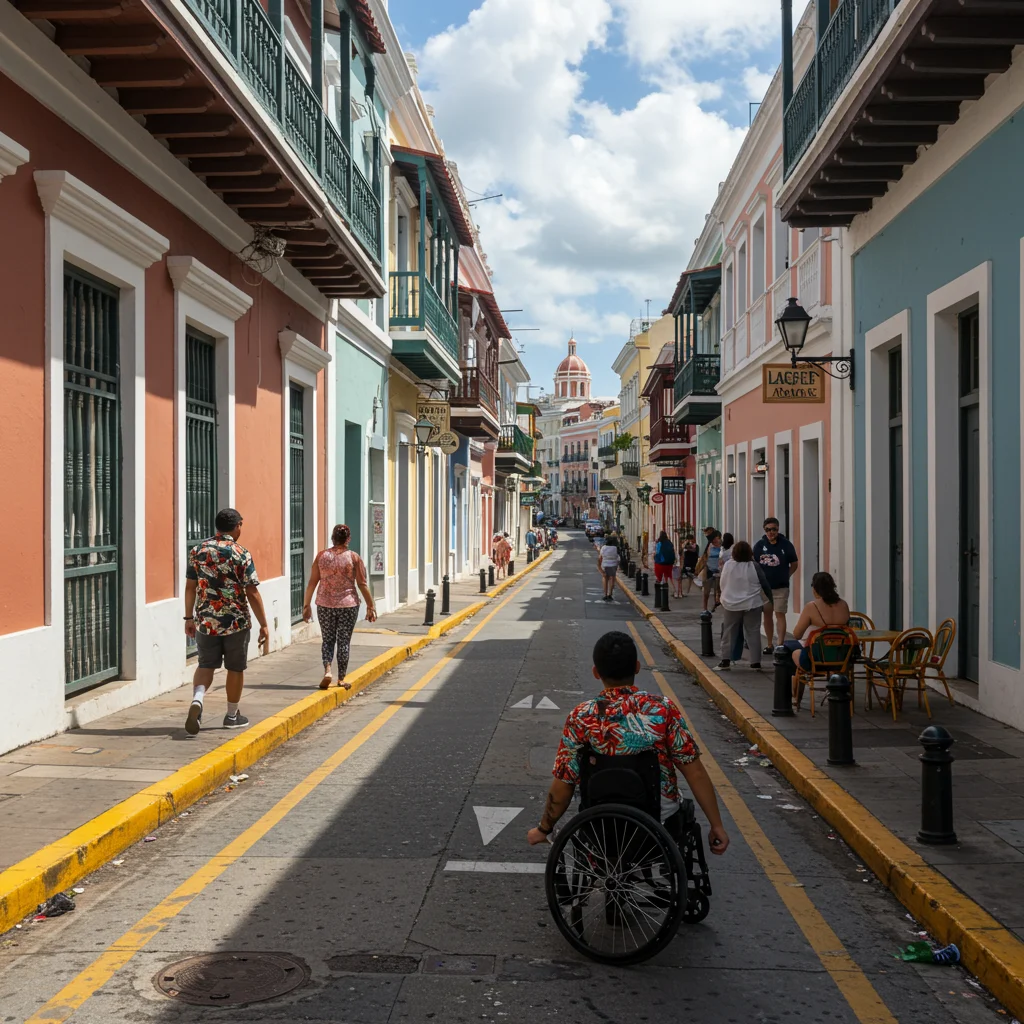
How to Be a Responsible Traveler in Puerto Rico
Responsible tourism helps preserve Puerto Rico’s environment and supports local communities. We encourage visitors to minimize their impact and contribute positively during their stay.
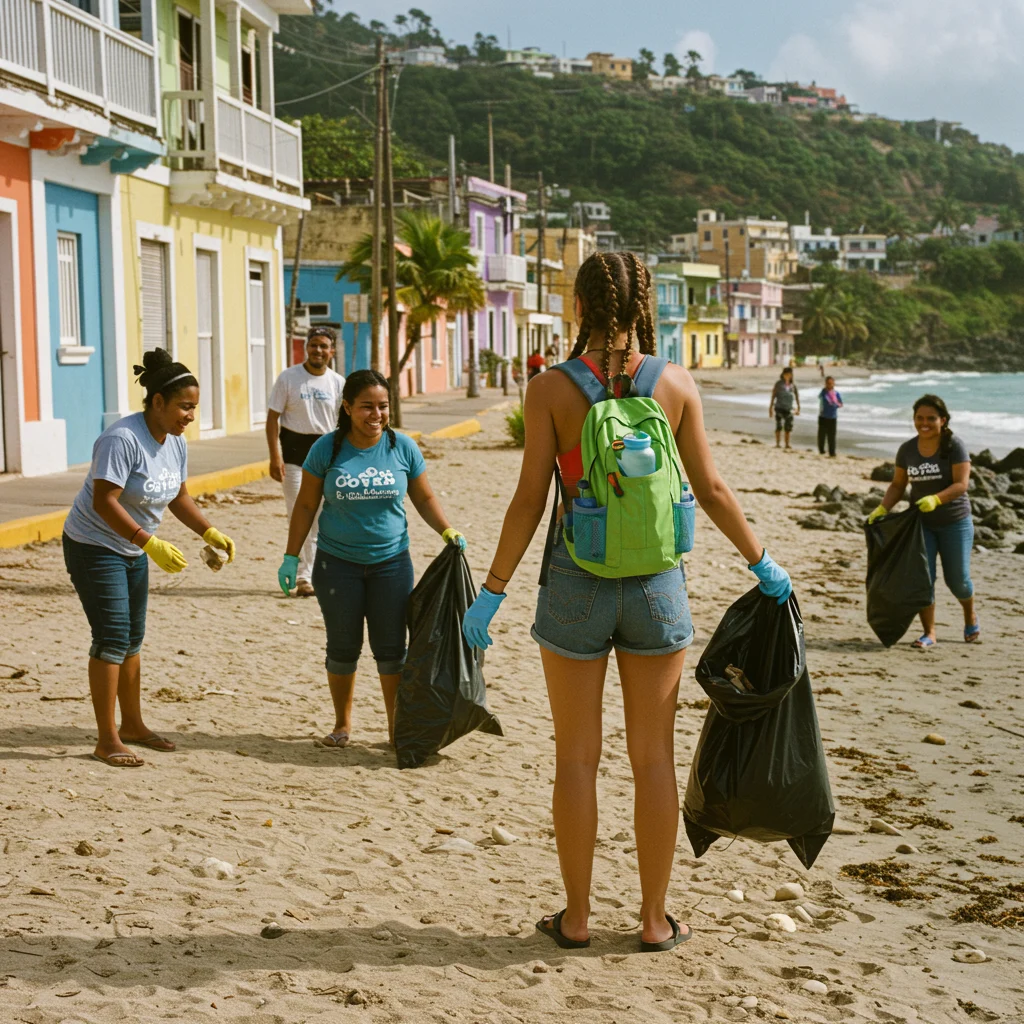
Respecting Nature and Wildlife
Follow marked trails, avoid disturbing wildlife, and dispose of waste properly. Respect protected areas and avoid taking shells, corals, or plants from natural sites.
Supporting Local Communities
Choose locally owned hotels, restaurants, and tour operators. Purchasing handmade crafts and tipping service workers fairly helps strengthen the local economy.
What to Do in Case of Emergency
In an emergency, dial 911 for police, fire, or medical assistance. Keep important numbers and addresses handy, and know the location of your nearest embassy or consulate if traveling from abroad.
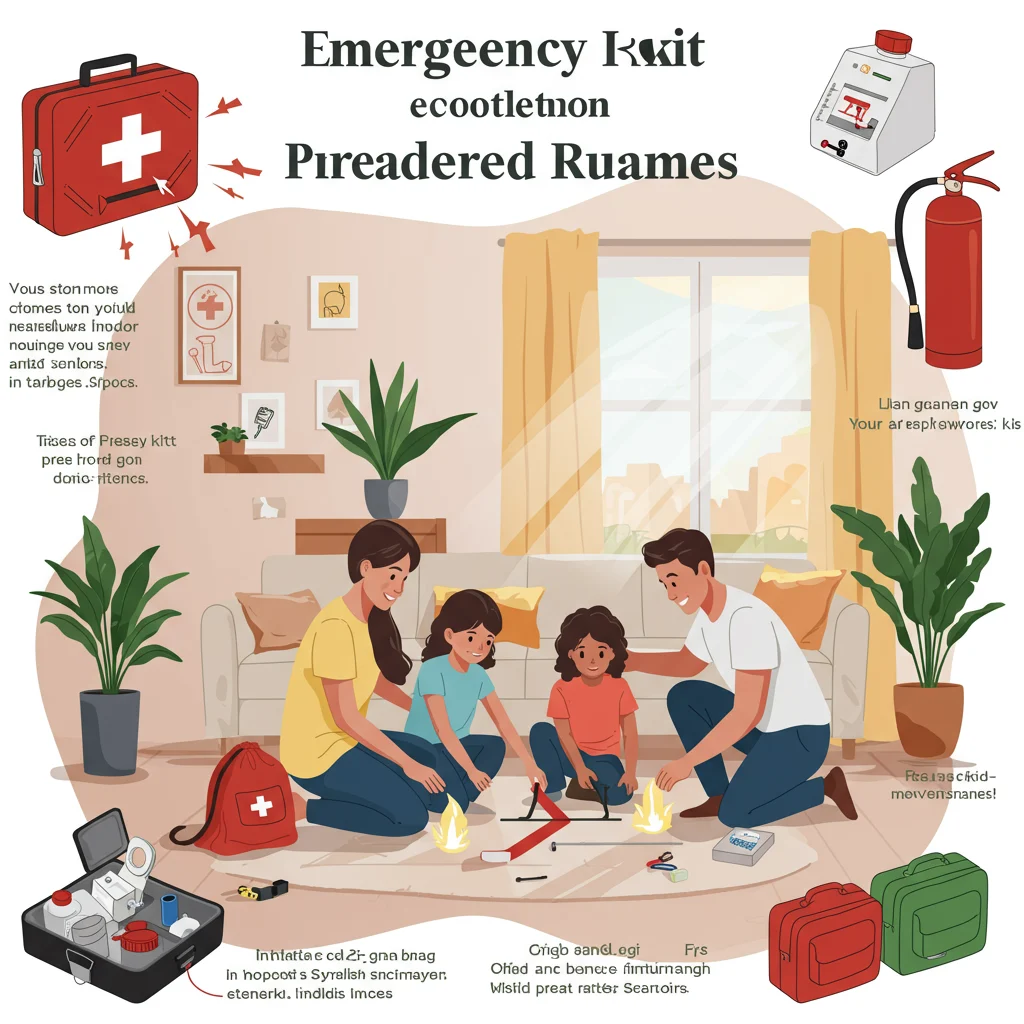
Hurricane Season: What Should You Know?
Hurricane season runs from June to November, with the highest risk between August and October. Most trips are unaffected, but it is wise to monitor weather forecasts, purchase travel insurance, and have a flexible itinerary during these months.

Final Tips for a Memorable First Trip to Puerto Rico
Remain open to new experiences, try local dishes, and interact with residents to enrich your understanding of Puerto Rican culture. Plan ahead, but leave room for spontaneity—some of the best moments happen unexpectedly.
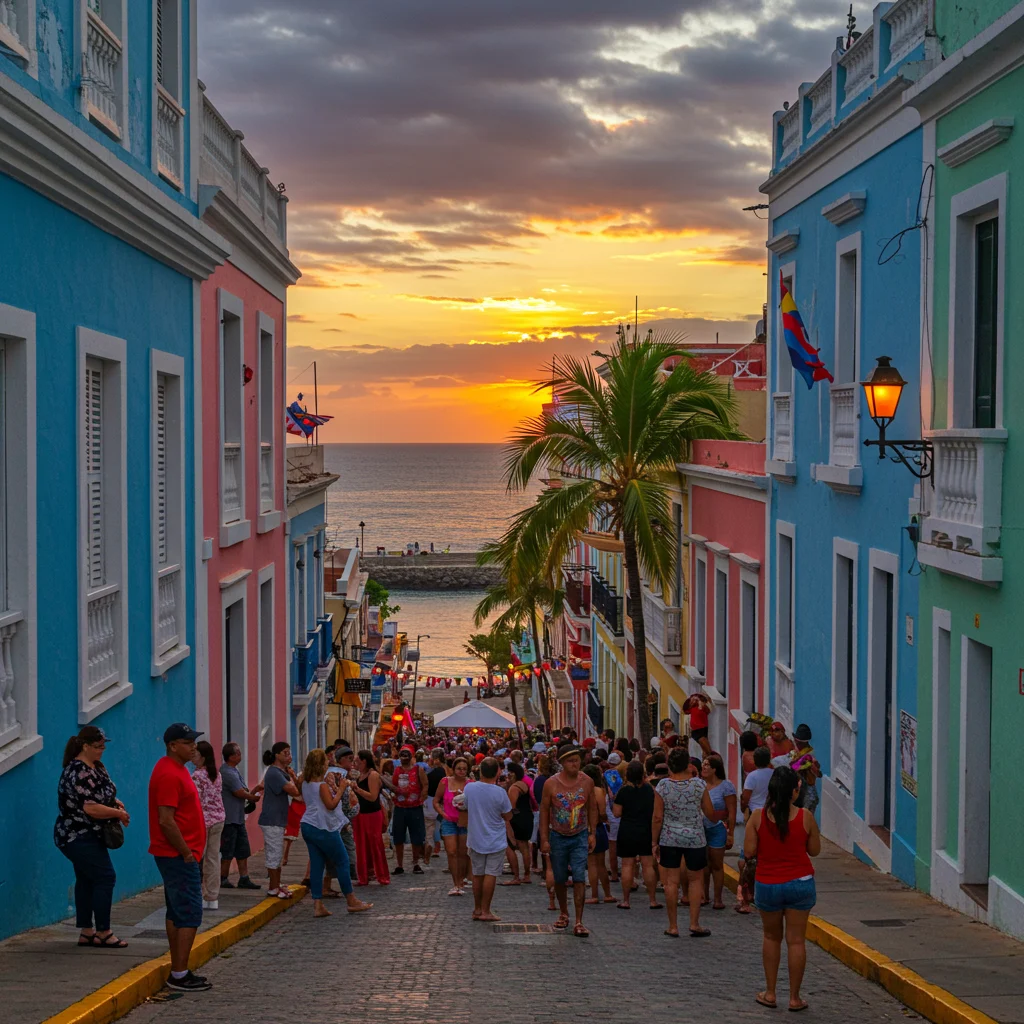
For more helpful insights, you might find our original article on first-time travel tips for Puerto Rico especially useful as you prepare.
Frequently Asked Questions About Visiting Puerto Rico
Q: Is Puerto Rico part of the United States?
A: Yes, Puerto Rico is a U.S. territory, and U.S. citizens can visit without a passport.
Q: What is the best way to get around?
A: Renting a car offers the most freedom, but taxis, rideshares, and public transportation are also available.
Q: Is it safe to drink the water?
A: Tap water is safe in most areas, but bottled water is available if preferred.
Q: Can I use my phone and credit cards?
A: Yes, U.S. phones and credit cards work seamlessly across the island.
Q: When is hurricane season?
A: Hurricane season runs from June to November, with the highest risk in late summer and early fall.
For a deeper understanding of your travel options and to book unforgettable experiences, visit Puerto Rico Tour. Their resources are invaluable for planning a safe, enjoyable, and memorable adventure on this remarkable island.
